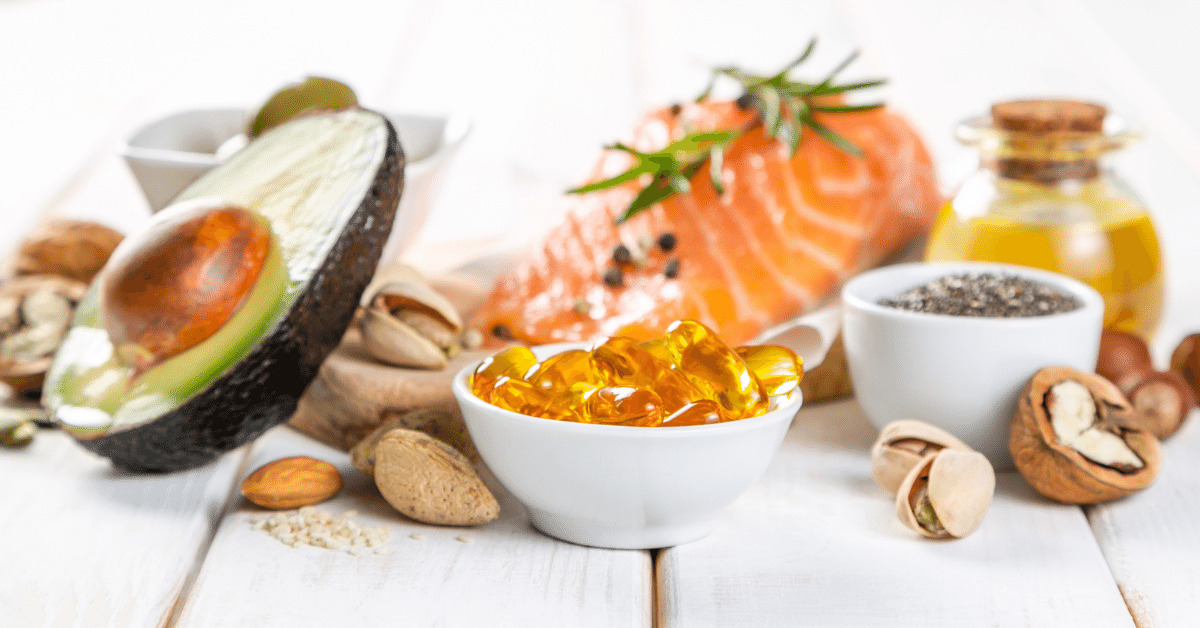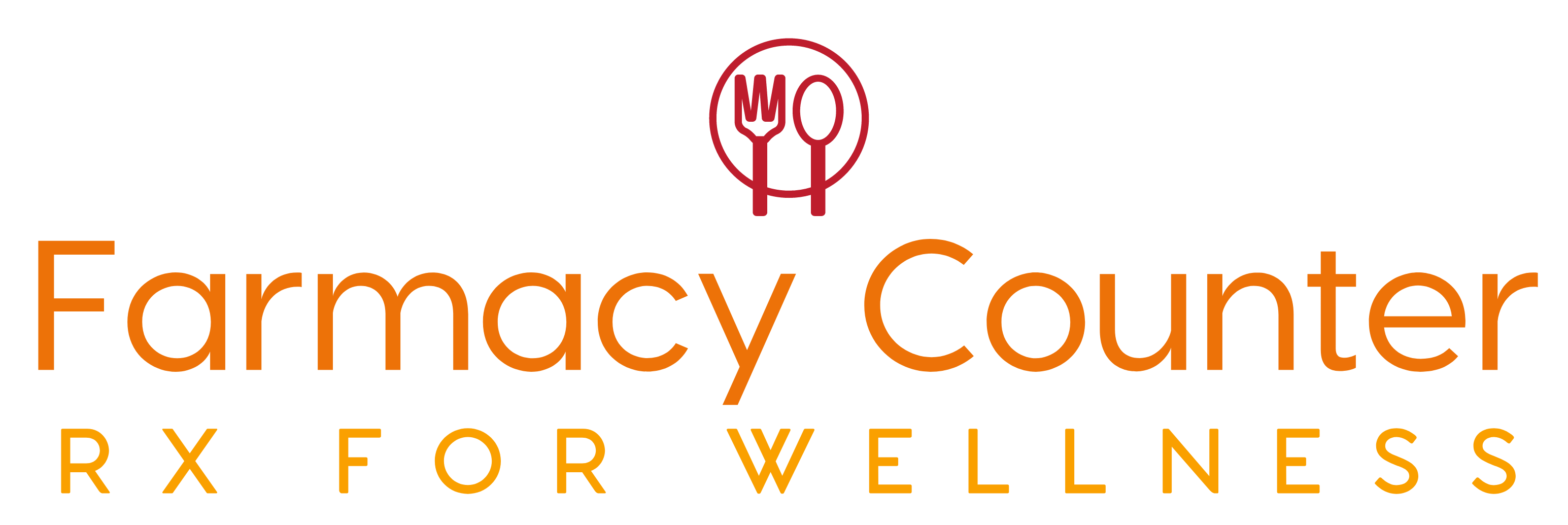
From the peer-reviewed Journal of the American Heart Association—a new research review shows that the optimal dose of omega-3 fatty acids to support healthy blood pressure is…[cue the confetti]….
🐟 3 grams per day 🐟
Let’s break this down.
Omega-3 fatty acids include docosahexaenoic acid (DHA) and eicosapentaenoic acid (EPA). They are found mostly in fatty fish but also in some nuts and seeds.
In the latest report, researchers analyzed 71 trials from around the world from 1987-2020, including nearly 5000 total adult participants. They looked at the relationship between the consumption of omega-3 fatty acids (DHA and EPA) and blood pressure.
The results?
✅ Consuming 2-3 grams of omega-3s per day was associated with an average 2 mm Hg lower blood pressure.
✅ Consuming more than 3 grams per day sometimes benefited those with higher blood pressure.
✅ At 3 grams per day, systolic blood pressure (the top number) decreased by an average of 4.5 mm Hg in those with high blood pressure and 2 mm Hg in those without.
✅ 5 grams per day of omega-3s did not offer more benefits than 3 grams per day.
Most of the studies in this review looked at omega-3 supplements rather than food, but food can also be an excellent source. Where can you get omega-3s in food?
Mostly from fatty fish:
🐟Salmon (Try Barbecue Rub Salmon, and Salmon Patties)
🐟Sardines
🐟Tuna
🐟Trout
🐟Herring
🐟Oysters
But also from nuts and seeds:
🌰Chia Seeds
🌰Hemp Seeds
🌰Walnuts
🌰Flaxseeds
The American Heart Association recommends eating two servings of fish per week as part of a heart-healthy diet. When it comes to supplements, omega-3s are most widely available from fish oil, but there are also options from algae for vegetarians or vegans.
Here are a couple of our favorites:
If you have any questions about supplements, we are here to help!
Reference
Zhang X, Ritonja JA, Zhou N, Chen BE, Li X. Omega-3 Polyunsaturated Fatty Acids Intake and Blood Pressure: A Dose-Response Meta-Analysis of Randomized Controlled Trials. J Am Heart Assoc. 2022. [link]








